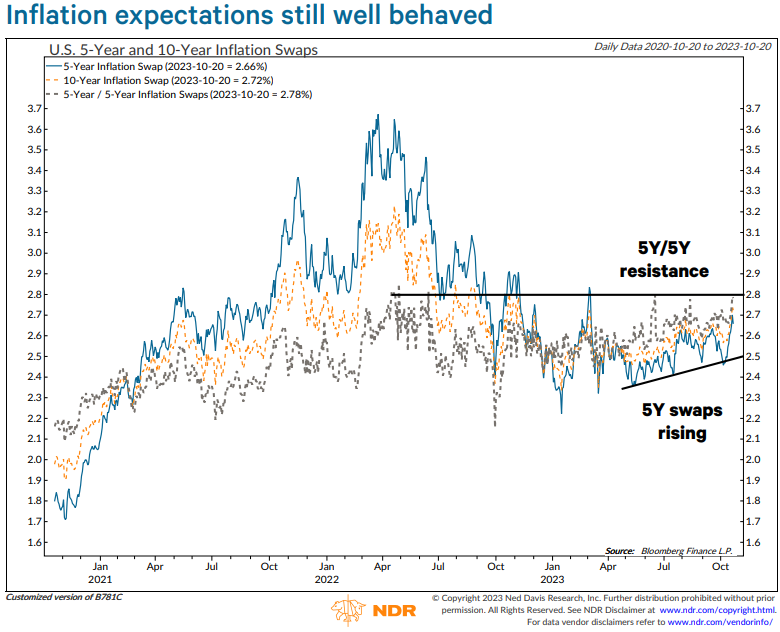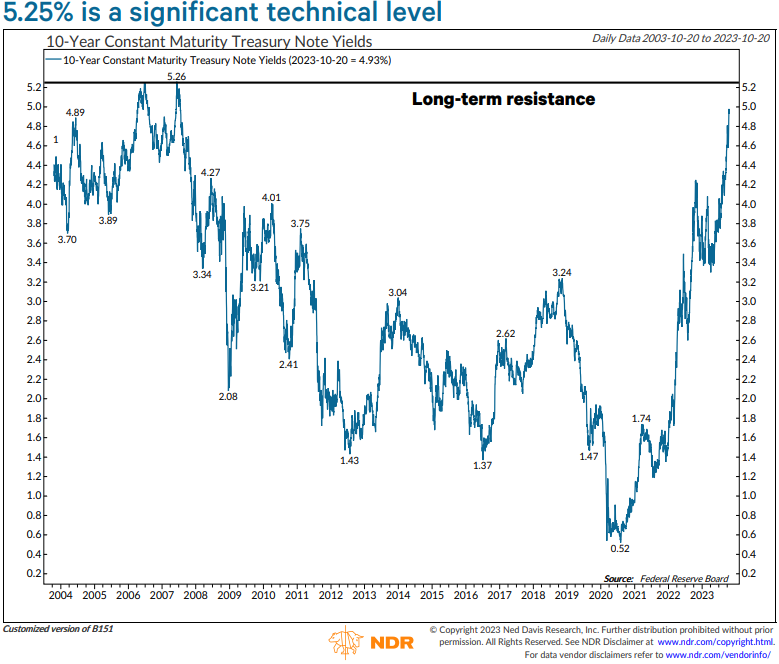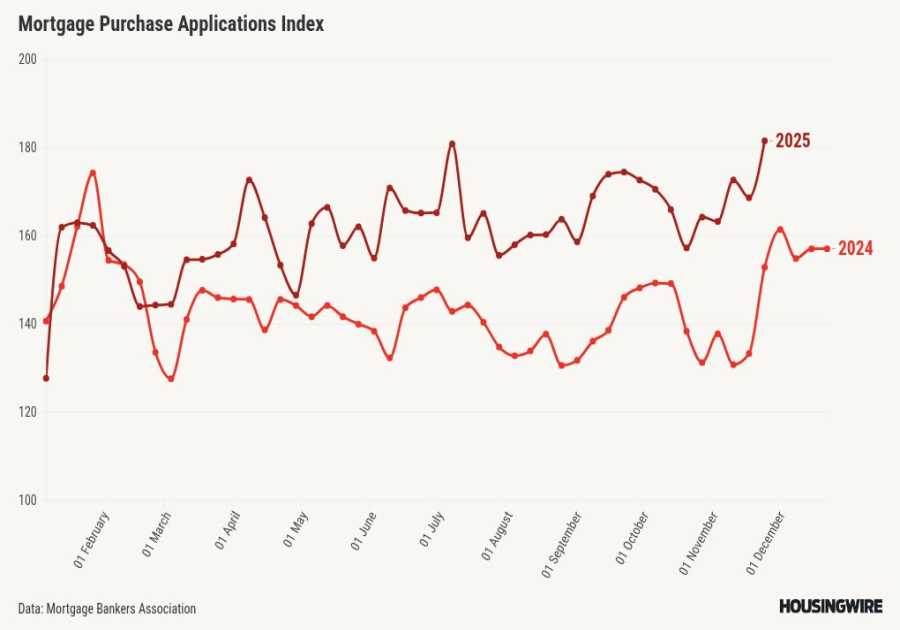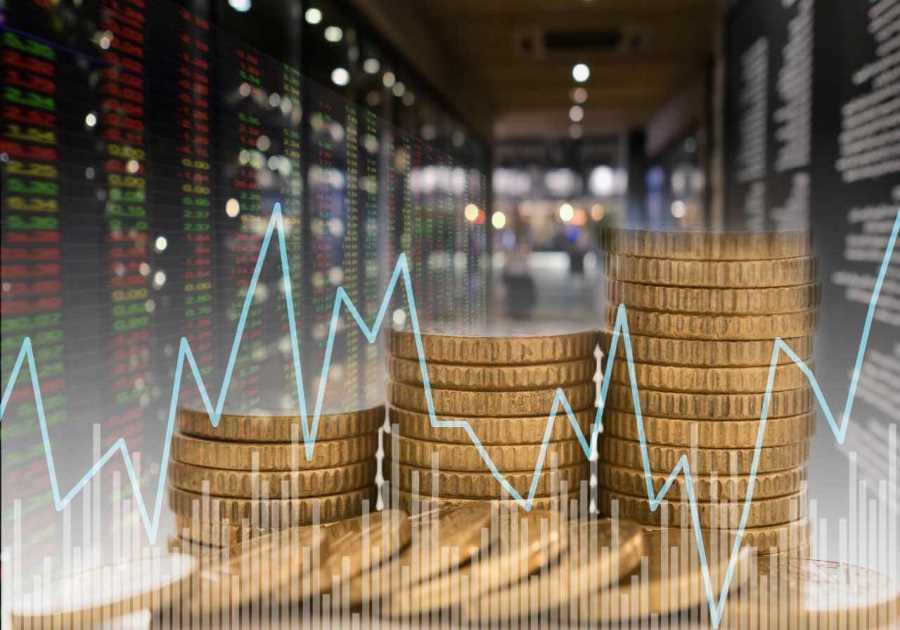Drew Angerer/Getty Images
- There are looming risks that could "break" the US economy and end its current growth cycle.
- Ned Davis Research said a resurgence of inflation is one risk to consider.
- Overall, there are three big risks that could break the market and economy, according to NDR.
Despite a bifurcated stock market, the US economy has seen impressive growth following its brief slowdown last year.
Third-quarter GDP estimates are tracking above 5% and the US economy has added more than 2 million jobs year-to-date.
But there are three looming risks that could "break" the stock market and economy and end its current growth cycle, according to a Tuesday note from Ned Davis Research. These are the three risks to consider.
1. A resurgence in inflation
Inflation has made progress in trending towards the Federal Reserve's long-term 2% target after CPI peaked at about 9% last June, but any resurgence in rising prices would threaten the trajectory of the Fed's current tightening cycle.
"A breakout in inflation expectations has traditionally caused an increase in the term premium, which would put further upward pressure on nominal yields," NDR's chief global macro strategist Joseph Kalish said.
Kalish is monitoring US 5-year and 10-year inflation swaps, which help measure inflation expectations. What's concerning to Kalish is that the 5-year inflation swap is just a few basis points below its 2022 high. A breakout there would be cause for concern that inflation could move higher.

Ned Davis Research
2. The 10-year Treasury yield above 5.25%
The 10-year US Treasury yield has surged so far this year, hitting a 16-year high of 5.02% on Monday. A further increase in this key benchmark rate would spell trouble for the broader economy, specifically if the yield breaks above the 5.25% level.
"The 5.25% yield level was an important double-top in 2006/2007, and also represented the peak policy rate of that tightening cycle. So we wouldn't take a break of that level lightly," Kalish said.
Higher interest rates increase borrowing rates for consumers and businesses and often curtail demand, leading to slower economic growth, if not a contraction in growth. The 10-year US Treasury yield was at 4.86% on Tuesday.

Ned Davis Research
3. Credit conditions deteriorating
So far this year, the bond market has been more concerned about interest rate risks than credit risks.
It would be bad news if that changes.
Kalish said while credit spreads have widened slightly, they still remain "subdued" and credit conditions are still favorable for the broader economy. Credit conditions have remained favorable because companies are generating cash flow in an expanding economy and interest rate payments remain low.
But if credit spreads begin to tick higher, that's the first warning sign investors should pay attention to, as it could ultimately hurt the stock market and economy.
"A higher spread would suggest a much weaker economic environment and increased default risk," Kalish said. "When investors start worrying more about credit risk than interest rate risk, we will enter a new and more troubling phase of the economic cycle."
Read More
By: [email protected] (Matthew Fox)
Title: These are the 3 big risks that could break the stock market and economy
Sourced From: markets.businessinsider.com/news/stocks/stock-market-outlook-bigges-risks-to-markets-economy-rates-2023-10
Published Date: Tue, 24 Oct 2023 16:31:56 +0000
.png)





